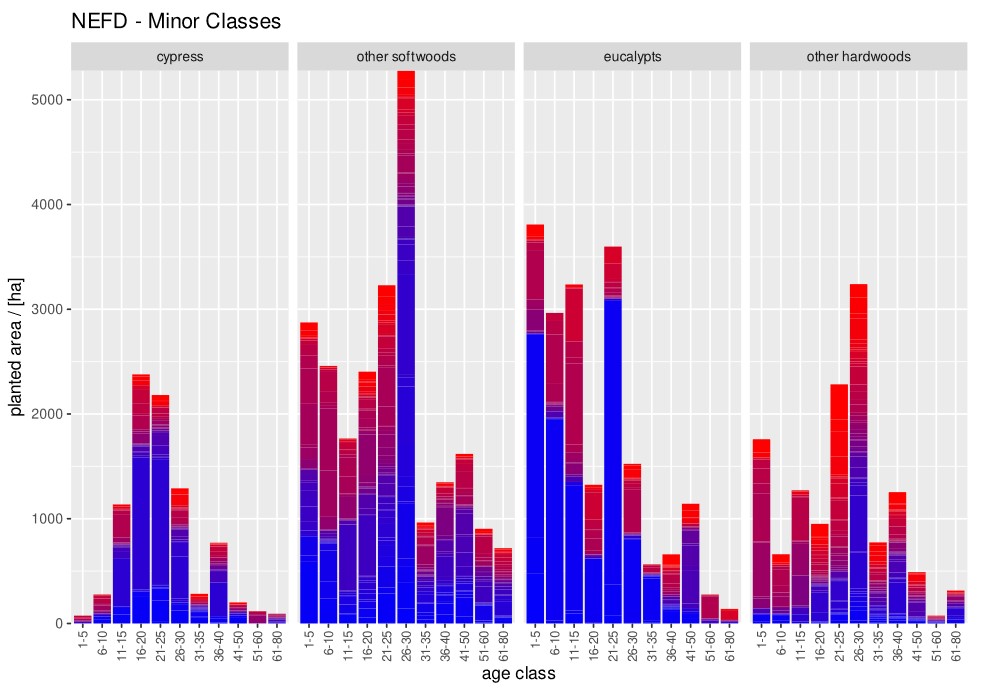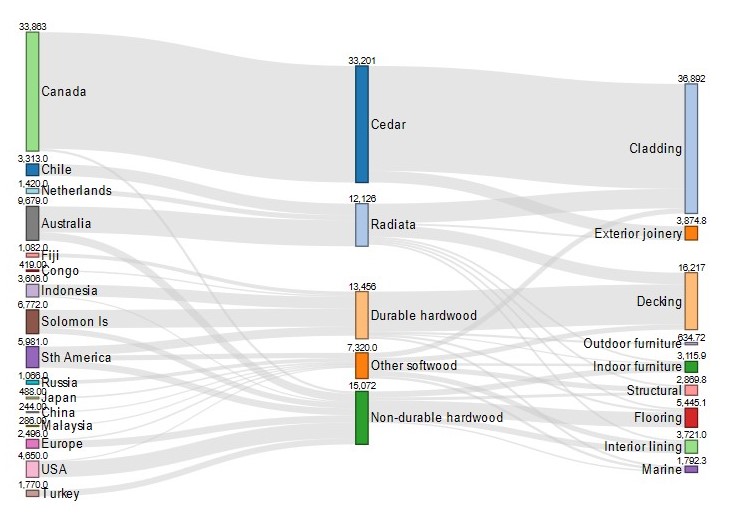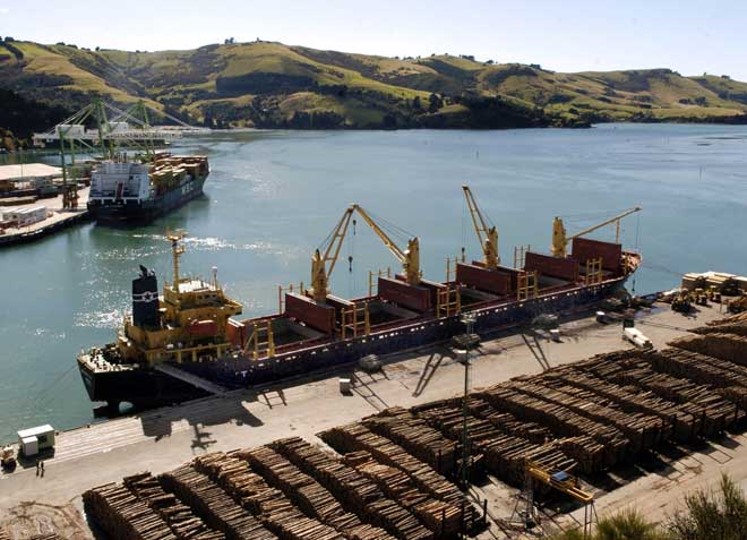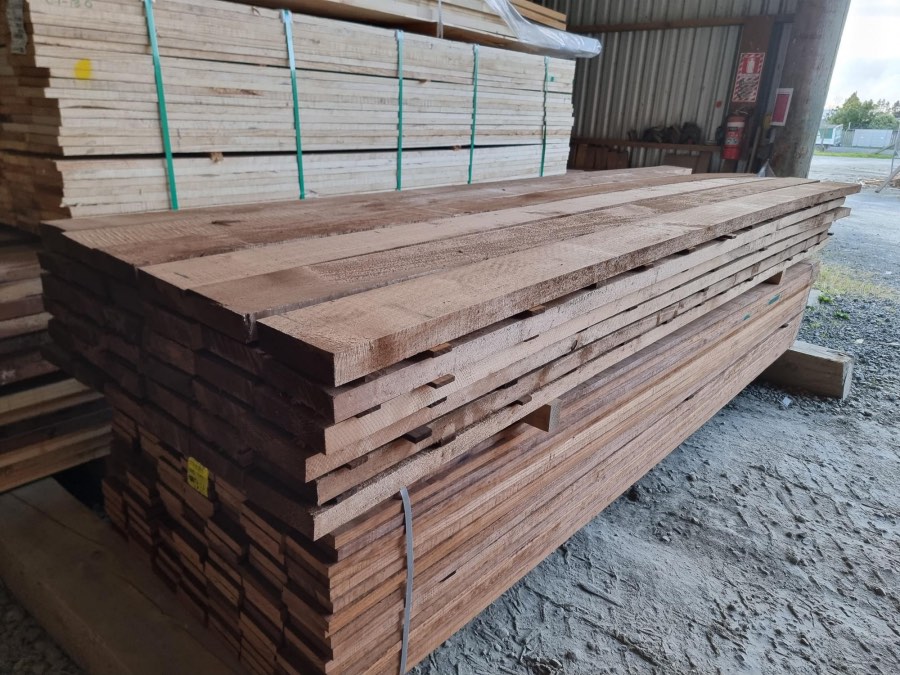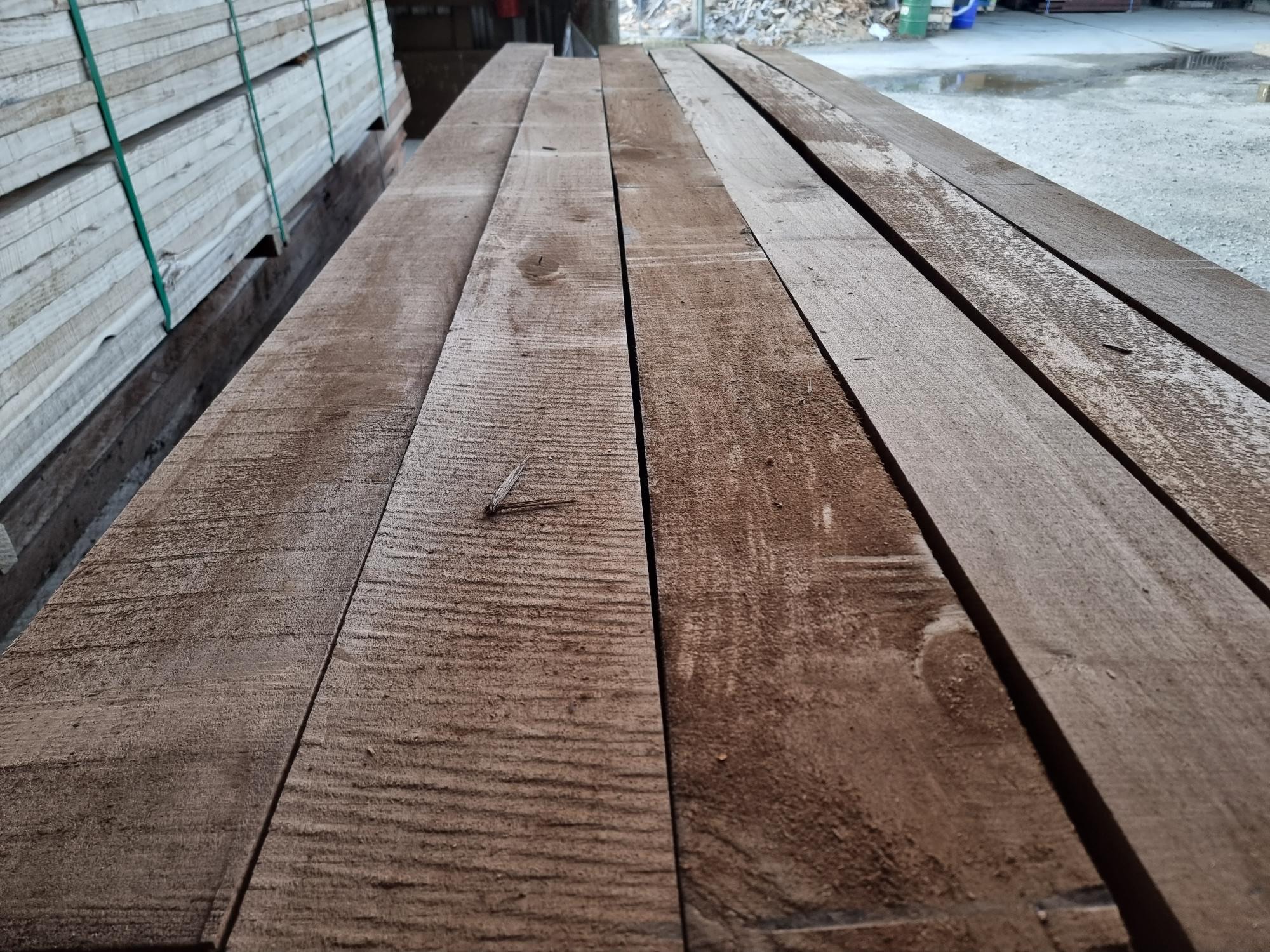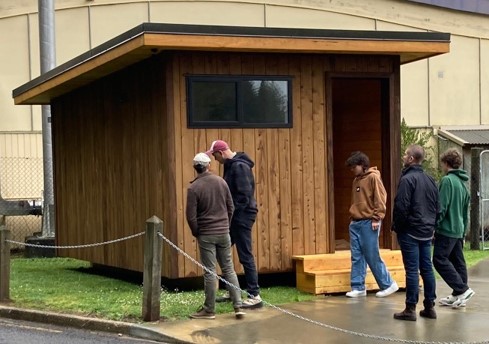|
Farm Forestry Timbers |
|||
In this newsletter:
I enjoyed Jonathan Harrington's recent workshop on import substitution, see below for more. However, as expected in the early stages of this project, nothing we didn't already know here at Farm Forestry Timbers came out of the workshop. Indeed, the challenges and conclusions were what we started with over ten years ago setting up NZ's only industry body representing specialty timber producers. Growers set up Farm Forestry Timbers because we recognised the lack of a clear route path through to customers, and that we needed to actively promote specialty timbers and develop the local market for non-radiata timber. We needed a consistent supply of a consistent quality, which we set out to achieve by a set of grade rules holding our member suppliers accountable to the consumer, and allowed for co-operation and aggregation beween suppliers. Those grade rules focused on purpose or application (e.g. cladding, decking) rather than arbitrary grades such as "dressing" which hold no meaning for the consumer. Where we have fallen short as an industry body is in resourcing the development of the market for specialty timbers. That requires more funding than our members can raise. Also, in our defense, we have been held up by not achieving the changes to the building code required for any real market penetration for our species. We simply cannnot develop those markets until alternative species become acceptable solutions. The right timber for the right application. One a positive note, applications for Te Kōtuku grants will be open shortly. These grants are for small-scale processors that specialise in using non-pine trees to lift productivity and capacity and create more local jobs. See below. Dean Satchell If you have a story for this newsletter, please get in touch with Dean by email. Jonathan Harrington from Scion recently held a workshop around the issues with import substitution and how we can get locally-grown specialty timbers to replace the vast quantities of imported timbers coming into the country. This project is being funded by Te Uru Rākau under the Industry Transformation Plan banner and has just got underway. The workshop was setting the direction and seeking feedback to secure a solid direction for the project. Follows are some of the highlights. One of the key constraints is supply:
Imported wood dominates the specialty timber market:
Specific issues include:
Recommendations included:
Some observations:
"It’s a huge jump for corporate foresters to get their head around specialty purpose species. High volume, low value logs is what this generation of New Zealand foresters know. For years it’s been a race to mechanise and enlarge to create the necessary scale to make radiata pine profitable. While profits are internalised, costs are often socialised, to the extent that now the license is being withdrawn."
Conclusions: SUPPLY
CONSISTENCY
AWARENESS
Te Kōtuku - Grants for Diversified Wood Processing Te Kōtuku is part of the Wood Processing Growth Fund (WPGF) and sits alongside the Catalyst for pre-investment activities, and the Accelerator which can provide direct investment for capital projects. Te Uru Rākau – New Zealand Forest Service would like to talk to anyone interested in the fund. We encourage you to discuss your proposal with us as soon as possible so we can assist you through the application process. We will be taking applications from 20th November onwards. More info on the fund is below. To get in touch, please email wpgf@mpi.govt.nz How Te Kōtuku grants work Te Kōtuku Fund will provide grants to small-scale processors that specialise in using non-pine trees to lift productivity and capacity and create more local jobs. The grants can be used to fund plant and equipment (capital projects). Te Kōtuku fund has up to $500,000 to award each year, with a minimum of $50,000 awarded per grant. Applicants are expected to contribute 50% co-funding towards the project cost, although there is some flexibility where the application can demonstrate significant benefit. What could be funded to lift productivity and capacity and create more local jobs? Examples of some proposals that would meet eligibility:
When to apply Applications will be open from November 20, 2023. Interested parties are encouraged to get in touch early to discuss their project plans and for assistance with the application process. Additional information: More info on the Wood Processing Growth Fund HERE E-mail wpgf@mpi.govt.nz or freephone 0800 00 83 33 Tunnicliffe Timbers have finally commissioned their new large Thermal Modification (TM) kiln. It works under pressure as a "closed system" so doesn’t require 230 ° C to get adequate durability. Instead it goes to 170 degrees. Tunnicliffes have thermally modified some of my 50mm poplar for weatherboards and the results have been very good. Unfortunately at $850 per cubic metre to run, I don’t know how much more I’ll be putting through with them.
The next step is to bandsaw to 23mm, then machine to shiplap profile. It doesn’t look as dark as what I had through the "open system" but photos can be deceiving. One good thing about this new, much large kiln is that it is not restricted to 4 metre long boards. Vaughan Kearns
|
|||
Disclaimer: While every effort is made to ensure the accuracy of the information provided on this site, Farm Forestry Timbers Society do not accept liability for any consequences arising from reliance on the information published. If readers have any doubts about acting on any articles they should seek confirming, professional advice.
 Farm Forestry New Zealand
Farm Forestry New Zealand
